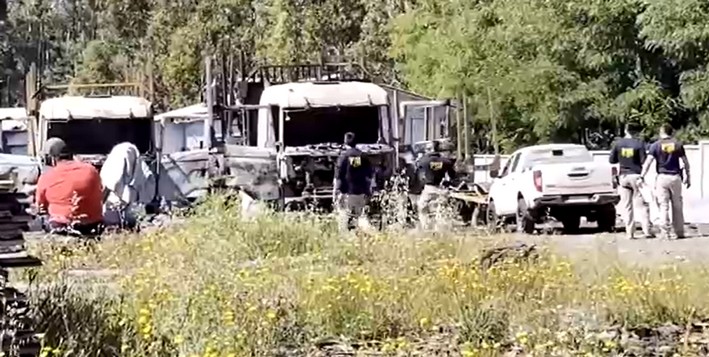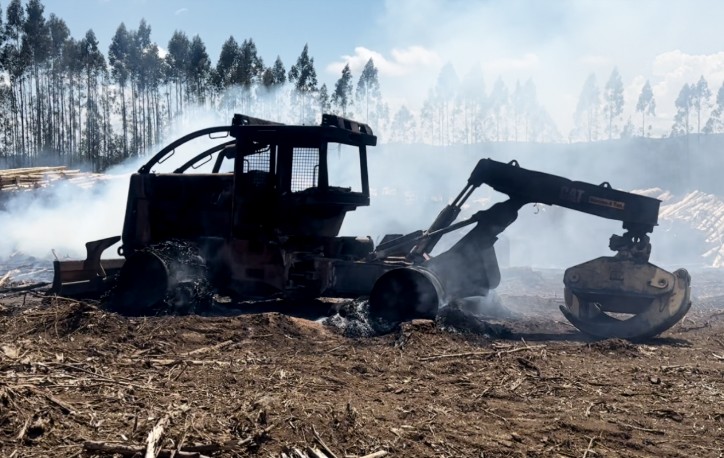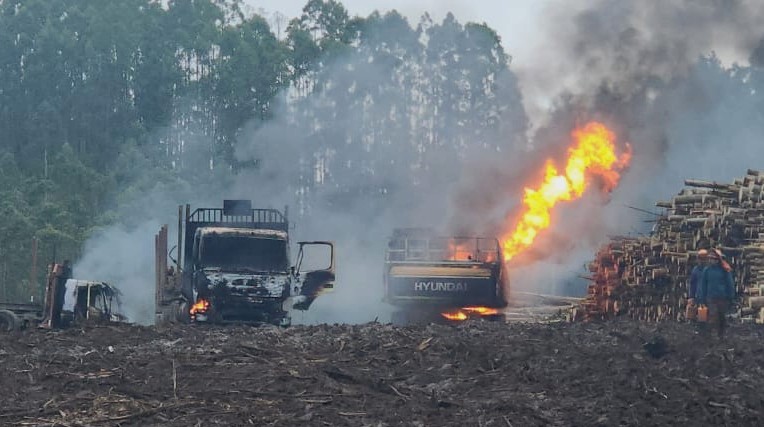National Forest Service Replaces Conaf Amid Rising Wildfire Scenario
The current wildfire season in the country shows a 5% increase in forest fires and a 24% rise in burned area. Compared to the previous period, from July 1, 2024, to Friday, May 9, incidents increased from 5,932 to 6,207, and destroyed hectares rose from 73,792 to 91,838.
Reducing the recurrence and impact of these events is one of the missions of the newly created National Forest Service, which replaced the National Forestry Corporation (Conaf) on May 6.
Achieving better results in emergencies will come from increased community prevention, expanded aerial firefighting, greater use of controlled burns to reduce dry fuel, and securing annual aircraft contracts to tackle "off-season" fires—like the one that struck California in the middle of winter—according to Aída Baldini, director of Sernafor and the last head of Conaf.
The engineer states that to reduce recurrence and damage, "one of the best tools" developed by the country, inspired by South Africa's experience, is the "prepared communities" program. She explains that Sernafor inherited around 200 such communities from Conaf and aims to add 300 more by 2027. Additionally, forestry companies manage another 500. "In prepared communities, there is no damage, and fires are minimal," she highlights. She adds that residents "keep their roofs clean, remove all vegetation around their homes, and prune trees, making it harder for large fires to start."
As an example, she cites Villa Botania in Viña del Mar, which was surrounded by fire in February 2024 without any homes burning. "This was the result of cleaning all the hillsides and ensuring no houses had flammable materials," she notes.
Regarding intentional fires, Baldini also defends the prepared communities model as a deterrent to malicious actions: "In these areas, people are very alert and aware of the dangers of fires, and they themselves report suspicious activity."
She also highlights the ongoing integration of technology, such as surveillance cameras and artificial intelligence, to distinguish between smoke that could start a fire and harmless smoke.
Another tool Baldini anticipates for the next season, aimed at reducing fire risk, is prescribed burns. "In other words, we will intentionally burn grasslands where we know fires could start," she explains.
Citizen Contribution
Along with praising the creation of Sernafor and stating that this service "will boost the development of our forests and the entire productive chain that provides so much rural employment," Rodrigo O'Ryan, national president of the Chilean Wood Corporation (Corma), addresses the challenges of reducing wildfires.
"The main goal must be strengthening prevention, and for that, actively involving all citizens is key," he says.
Like Baldini, he emphasizes the effect of community prevention and notes that between Valparaíso and Los Lagos, "there are six thousand committed neighbors who have shown remarkable effectiveness in reducing the number of fires, which is the goal."
He stresses the role of municipalities in prevention plans, the need to support small forest owners in similar tasks, and reiterates that "firefighting resources are stretched to the limit. It's not just about bringing more planes or adding brigades, as prevention is far more effective than combat."
Source:El Mercurio









